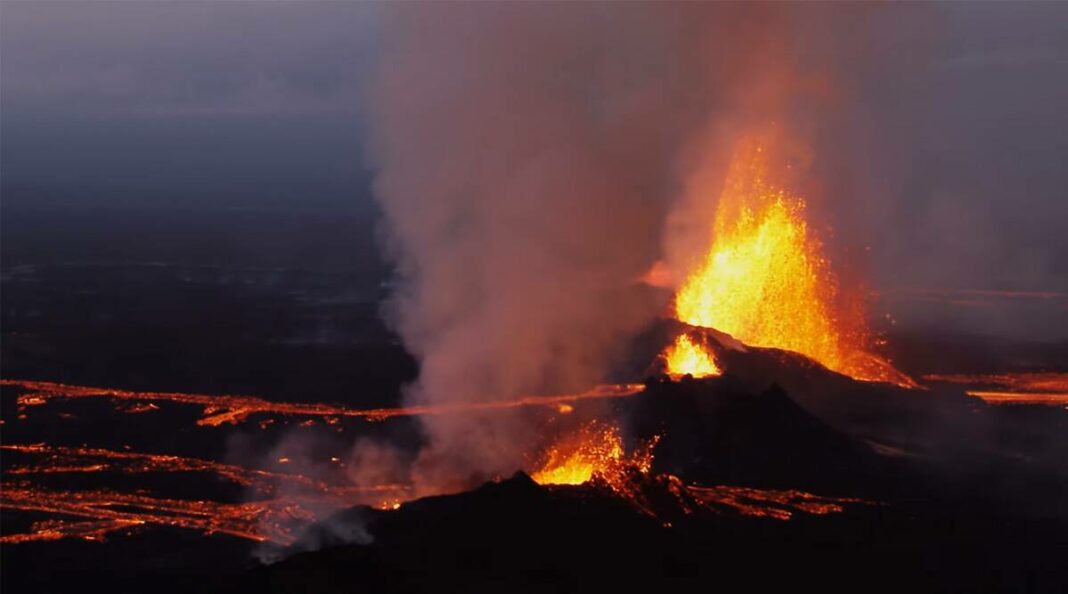A new climate simulation by NASA suggests that enormous volcanic eruptions called “flood basalt eruptions” could significantly warm Earth’s climate and destroy the ozone layer which shields us from the Sun’s harsh ultraviolet radiation. Previous studies have indicated that these volcanoes could help cool the climate but this simulation contradicts that
It also suggests that these eruptions may have helped warm the climate on Mars and Venus but that they may have also doomed the long-term habitability of these planets by contributing to water loss. The study titled, “Volcanic Climate Warming Through Radiative and Dynamical Feedbacks of SO2 Emissions,” was published in the journal Geophysical Research Letters.
Flood basalts are regions where a series of eruptive episodes lasting as long as centuries happen. Some that happened on earth in the past happened at the same time as mass-extinction events and many are also correlated with extremely warm periods in earth’s history.
“Eruptions like the one we simulated would emit massive amounts of sulfur dioxide gas. Chemistry in the atmosphere quickly converts these gas molecules to solid sulfate aerosols. These aerosols reflect visible sunlight, which causes the initial cooling effect, but also absorb infrared radiation, which warms the atmosphere aloft in the upper troposphere and lower stratosphere,” said Scott Guzewich, lead author of the paper, in a press statement.
According to Guzewich, the researchers also saw a 10,000 per cent increase in stratospheric water vapour, which is a greenhouse gas that emits infrared radiation that warms the planet’s surface.
The researchers simulated a four-year-long phase of the Columbia River Basalt (CRB) eruption that occurred between 15 and 17 million years ago in the United States. This model predicted the effects of the eruption on the troposphere (lowest layer of the atmosphere which has most of the water vapour and weather) and the stratosphere (the relatively dry and calm next layer).
These CRB eruptions were likely a mix of explosive events that sent volcanic material high into the troposphere and lower atmosphere. The simulation assumed that these explosive events happened four times per year and released about 80 per cent of the eruptions’ sulphur dioxide. The researchers found that there was a net cooling for around two years before a warming effect overwhelmed the cooling.
According to Guzewich, the circulation of the stratosphere changes in a way that discourages ozone formation. Also, the added water vapour in the stratosphere contributes to the destruction of ozone.
